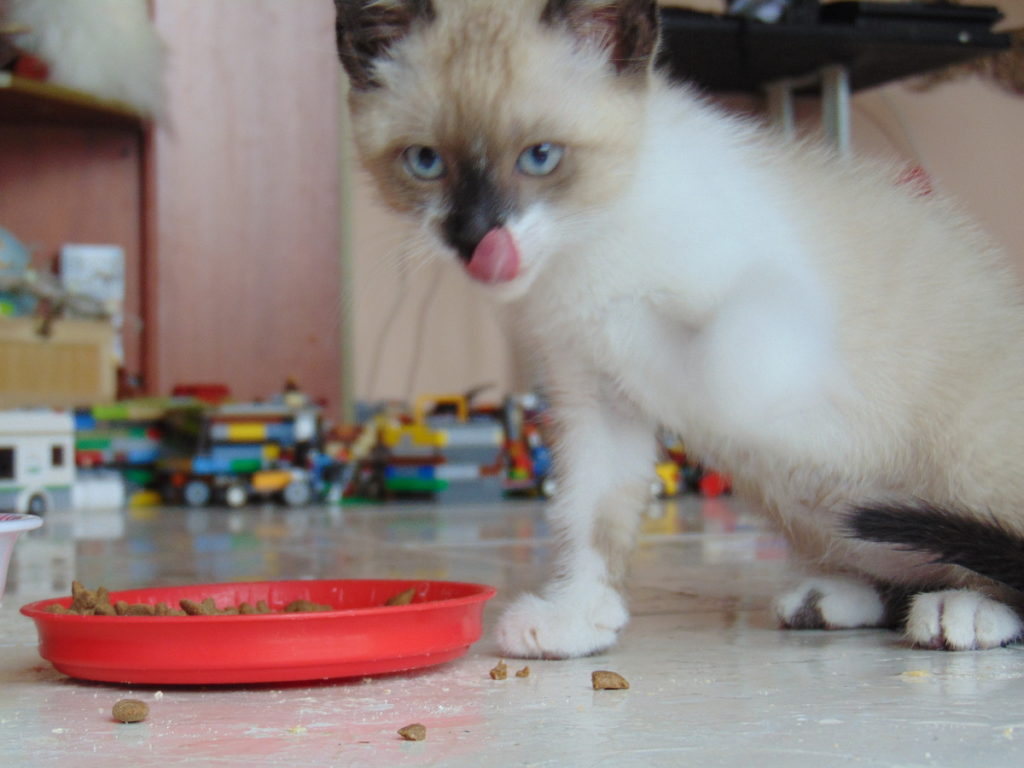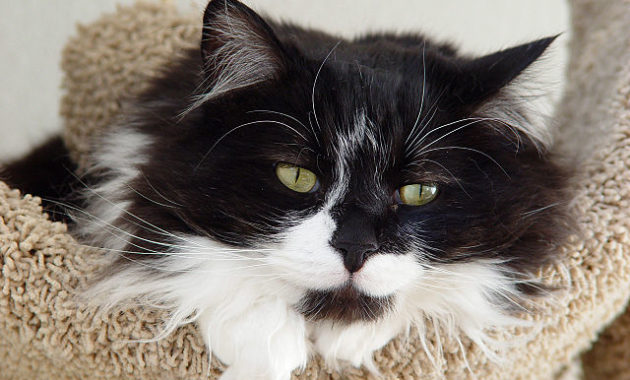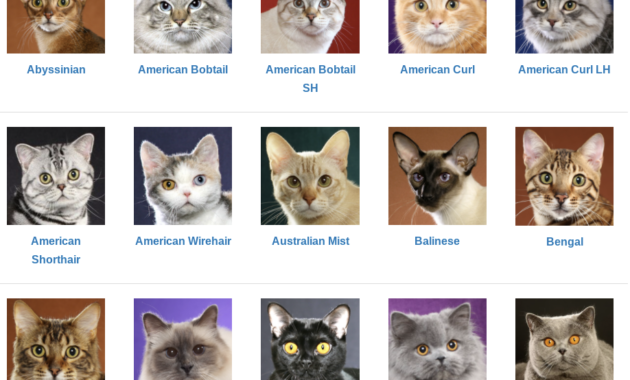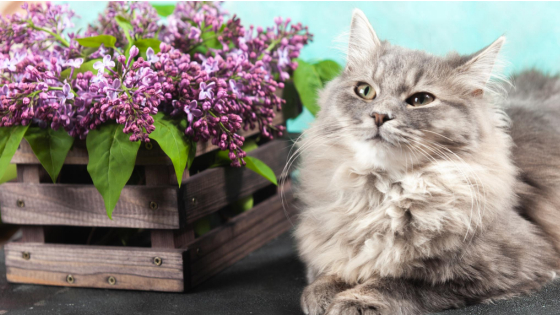Understanding the intricacies behind cat matted fur is paramount for pet owners seeking to maintain their feline friends' well-being. From the subtle triggers to the preventive measures, unraveling the mysteries of mat formation is crucial for effective management.
By shedding light on the root causes and offering practical solutions, this discussion aims to equip caregivers with the knowledge needed to address this common concern. Stay tuned to discover the secrets to detangling and preventing mats, ensuring your cat's coat remains healthy and mat-free.
Key Takeaways
- Regular grooming and professional services prevent and manage cat matting effectively.
- Factors like health conditions and breed characteristics contribute to cat matting.
- Use appropriate tools and techniques to safely remove mats from cat fur.
- Maintain a balanced diet and consider supplements to prevent cat matting issues.
Common Causes of Cat Matting
Excessive fur accumulation, humid conditions hindering undercoat relaxation, skin infections, certain cat breeds with thick undercoats, and health conditions such as hyperthyroidism and seborrhea contribute to the common causes of matting in cats. Cats, especially long-haired breeds, are prone to matting when their fur becomes tangled and compacted.
Inadequate grooming, particularly in humid environments, can exacerbate this issue, leading to uncomfortable mats that can harbor skin infections. Breeds with dense undercoats, like Persians and Maine Coons, are more susceptible to matting due to their fur texture.
Additionally, underlying health conditions such as hyperthyroidism or seborrhea can disrupt the natural oils in a cat's coat, further increasing the likelihood of mat formation.
Factors Influencing Matting in Cats
Factors influencing matting in cats encompass various elements beyond fur texture and grooming habits, shedding light on the multifaceted nature of this common feline concern. These factors can significantly contribute to matting issues in cats:
- Physical Limitations: Aging or overweight cats may struggle with grooming, leading to oily patches and potential matting.
- Health Conditions: Certain health issues can result in excess body oils, exacerbating matting problems.
- Breed Predisposition: Some cat breeds with specific coat characteristics are more prone to matting.
- Environmental Factors: Humidity levels and seasonal shedding can worsen matting, requiring extra care and attention to prevent and manage mats effectively.
Tips for Preventing Cat Matting
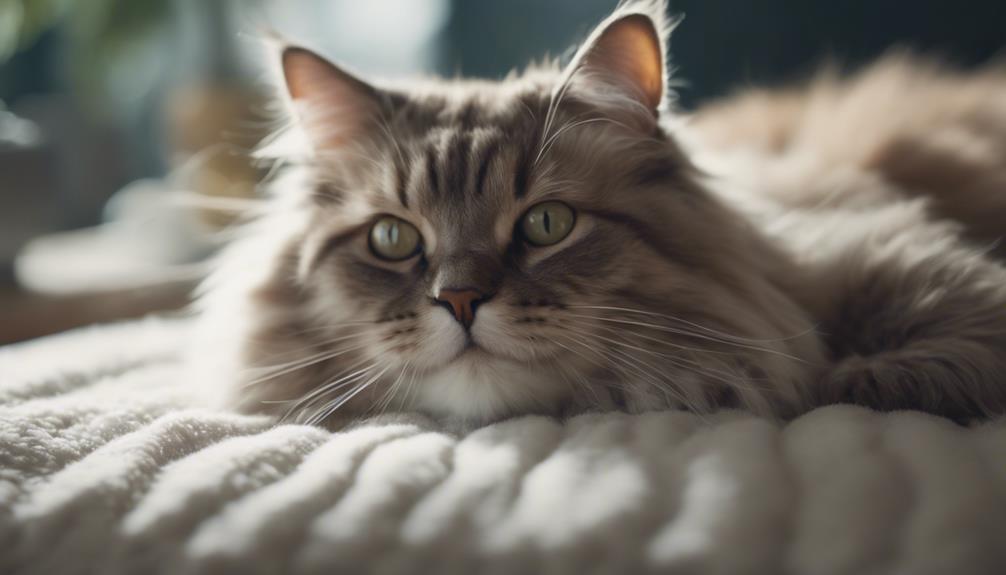
To prevent cat matting effectively, proactive grooming practices and dietary considerations play crucial roles in maintaining your feline companion's coat health. Regular brushing, especially for long-haired breeds, helps prevent tangles and mats from forming.
Additionally, incorporating omega-3 fatty acid supplements into your cat's diet can promote healthy skin and fur, reducing the likelihood of matting. Monitoring your cat's weight and ensuring they have a balanced diet can also help prevent excess body oil production, which can contribute to matting.
Establishing a consistent grooming routine and considering professional de-shedding services for cats with medium to long-length coats can further aid in preventing mats from forming and maintaining your cat's coat in optimal condition.
Steps to Detangle Cat Mats
When faced with matted fur on your cat, employing gentle techniques is crucial for effectively detangling the mats. Here are some steps to help you navigate this process:
- Use the Right Tools: Utilize metal-toothed brushes designed for detangling mats.
- Separate Carefully: Gently separate the matted hair from the unmatted hair to prevent skin pulling.
- Seek Professional Help: Consult a professional groomer for severely matted areas or sensitive spots.
- Avoid Potential Risks: Refrain from using scissors or oils, as they can worsen the matting issue.
Additional Strategies for Matting Prevention
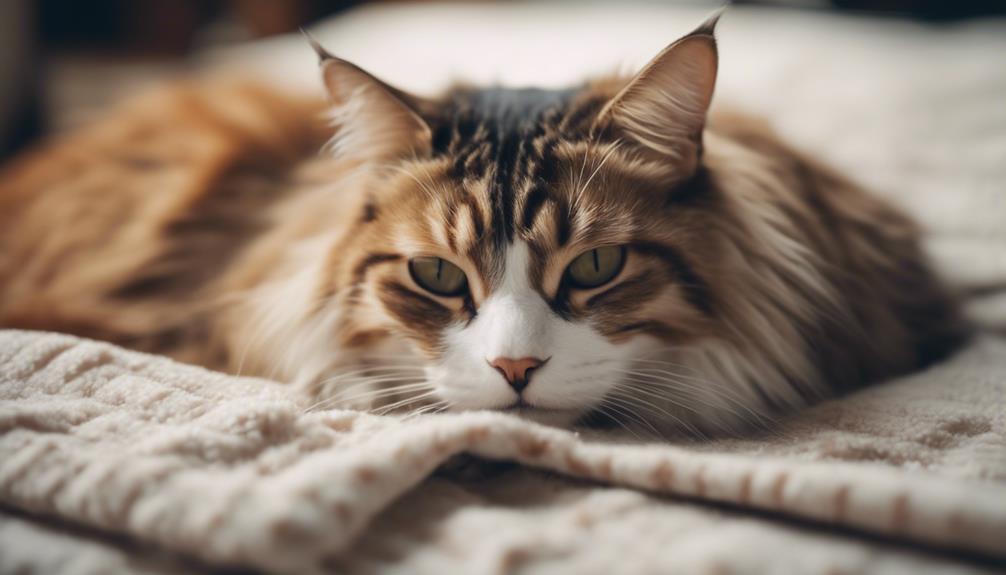
When addressing matting prevention for cats, prioritizing regular grooming routines and appropriate diet management is fundamental in maintaining healthy fur and skin. In addition to these key practices, there are several additional strategies that can help prevent mats from forming on your feline companion.
Regular bathing with vet-approved shampoo and conditioner tailored for oily coats can help keep fur clean and reduce the likelihood of matting. Establishing a consistent grooming routine, including brushing and combing to remove loose fur and prevent tangles, is essential.
For cats with long to medium-length coats, considering professional de-shedding services can significantly reduce matting. Monitoring your cat's weight and diet to prevent excess body oil production, along with incorporating omega-3 fatty acid supplements, can promote healthy skin and fur, further aiding in matting prevention.
Conclusion
In conclusion, understanding the causes of cat matted fur and implementing preventive measures is crucial for maintaining a healthy and vibrant coat for our feline friends.
By addressing factors such as shedding, grooming habits, and environmental influences, cat owners can effectively manage matting issues and promote overall well-being in their pets.
With proper care and attention, we can ensure our cats remain comfortable, happy, and free from the discomfort of tangled fur.

